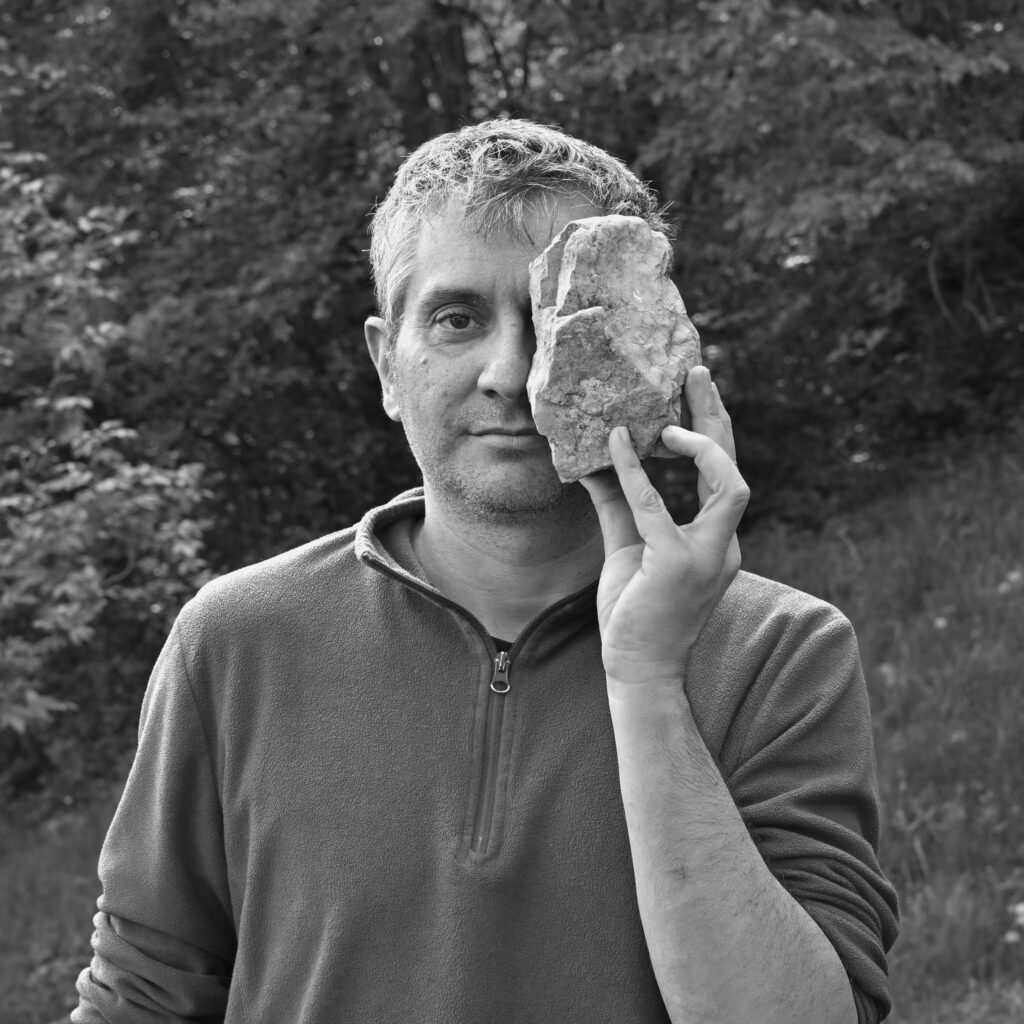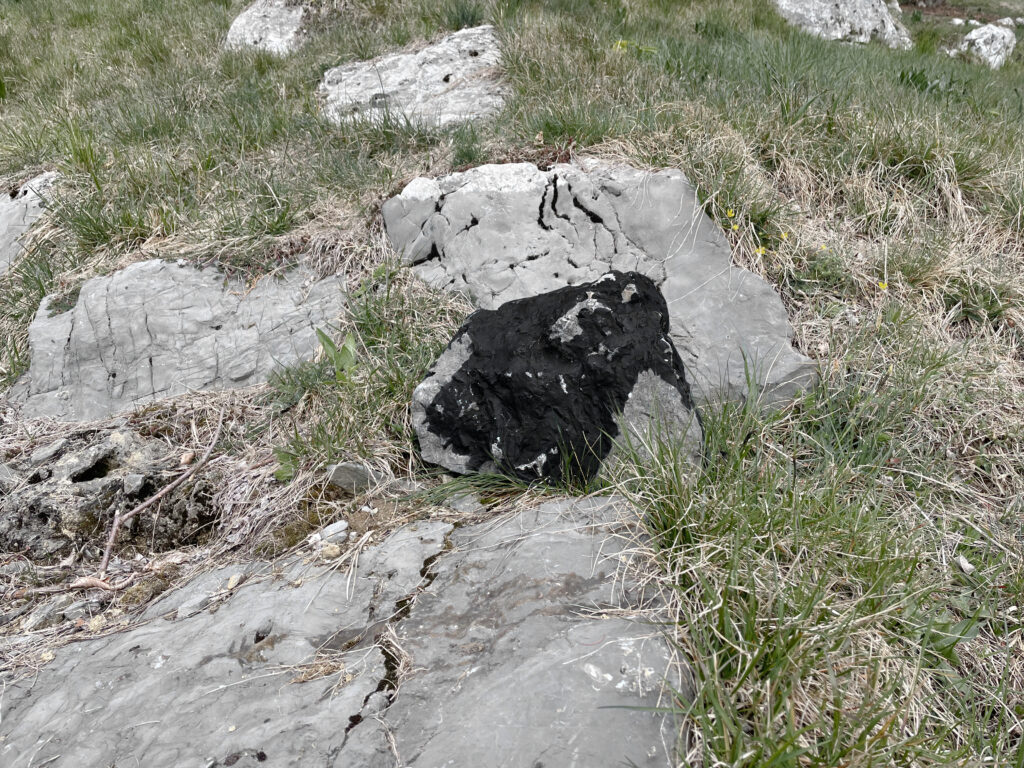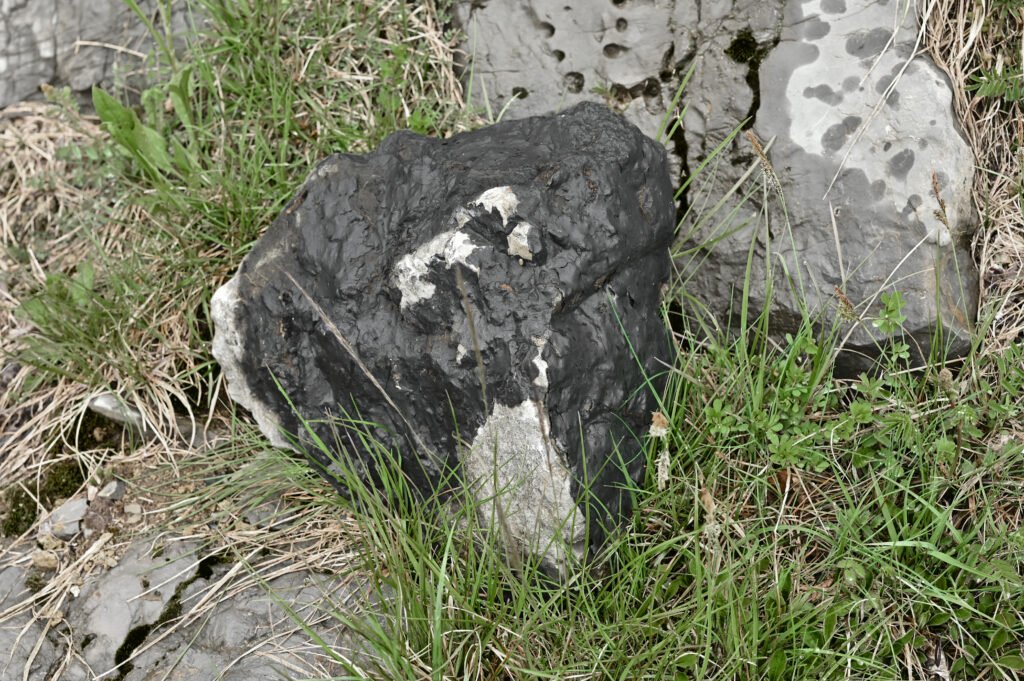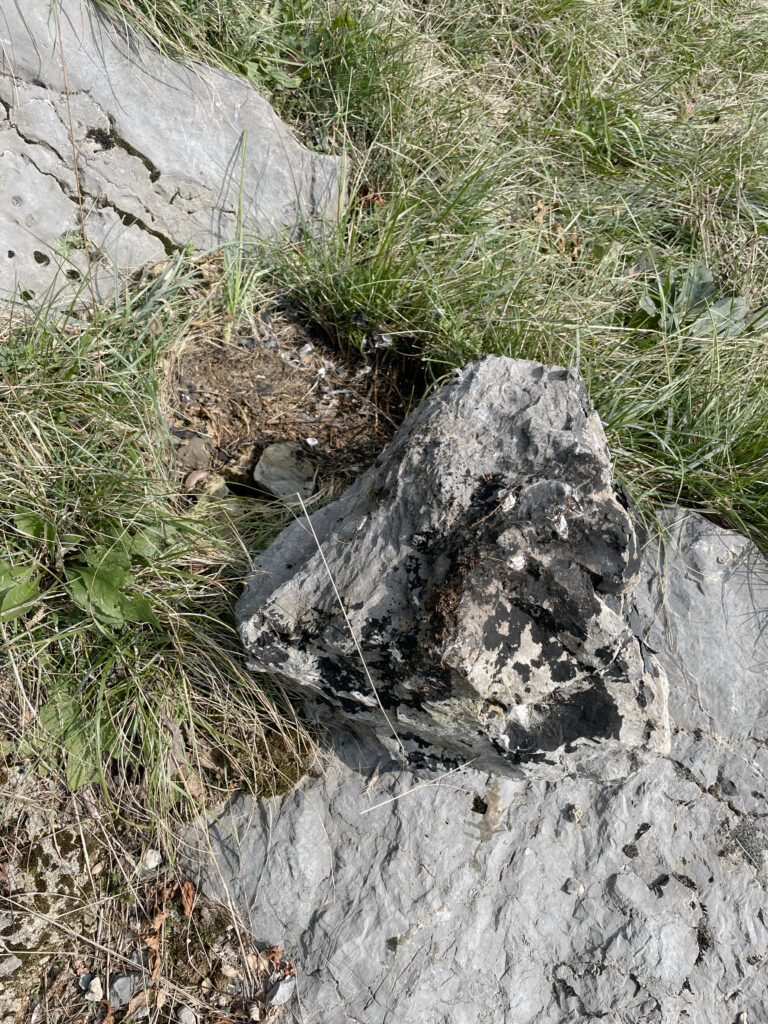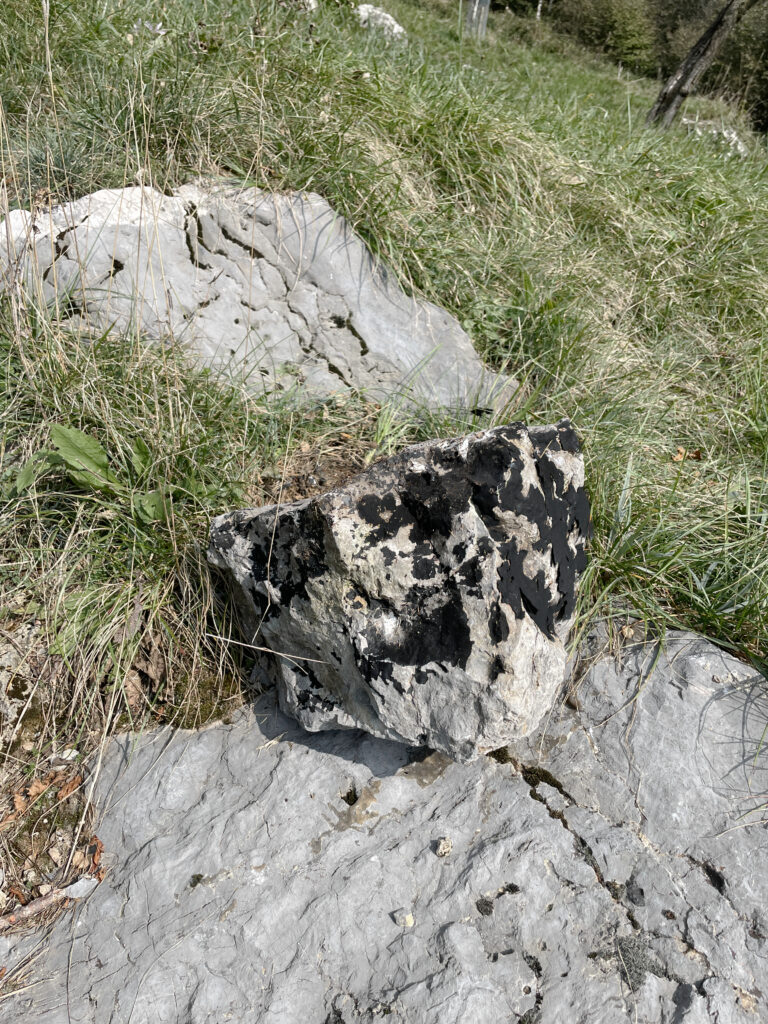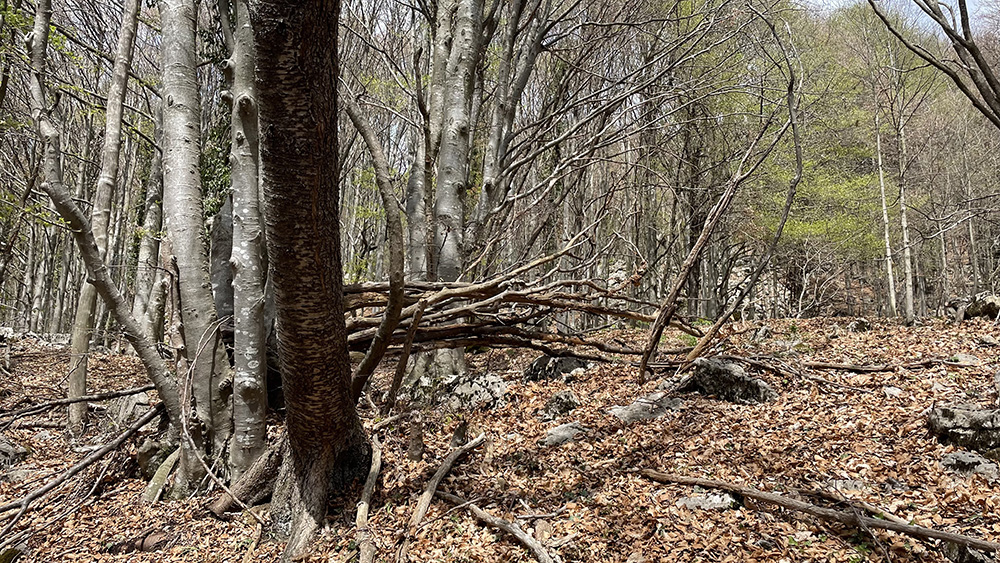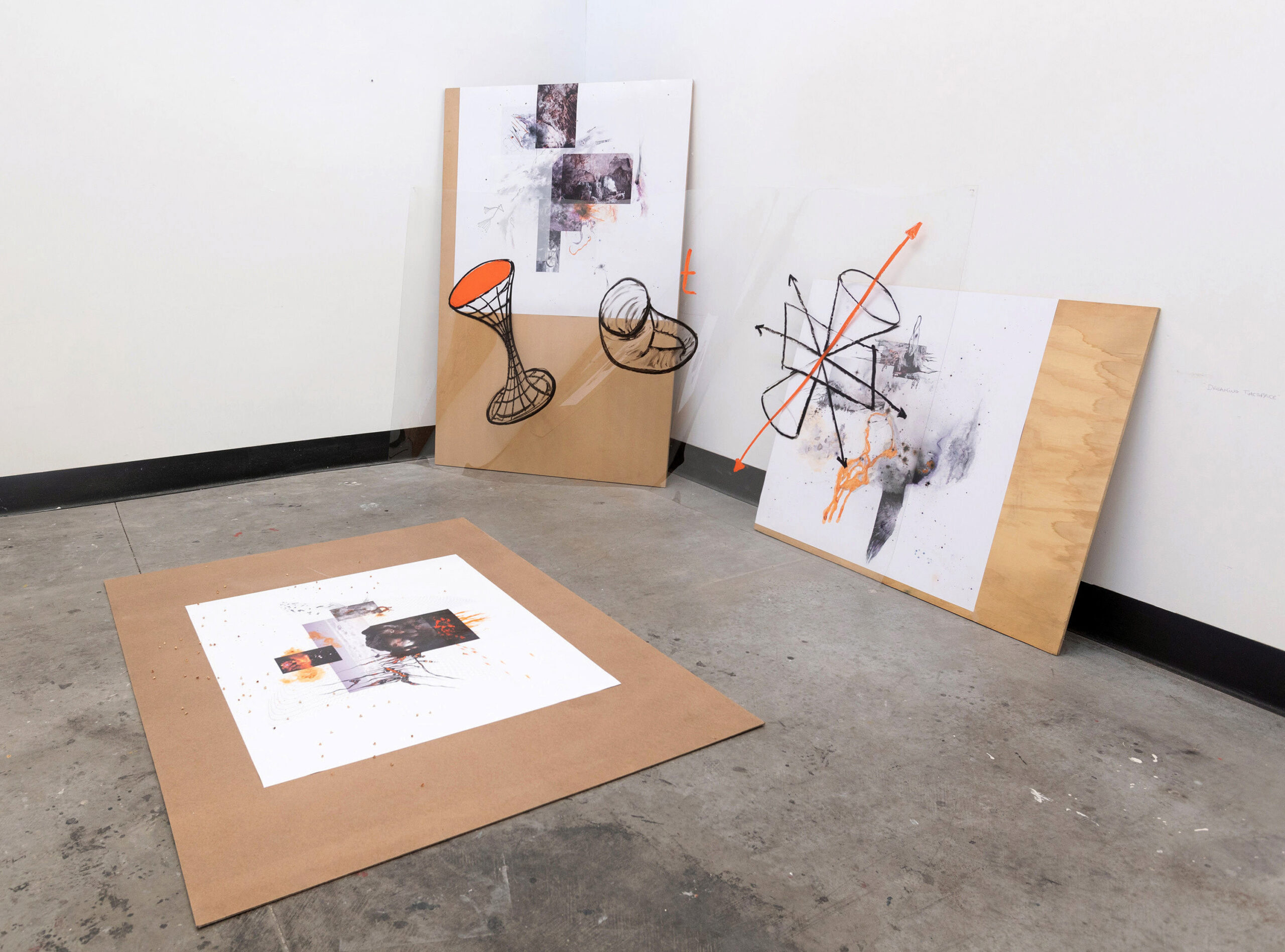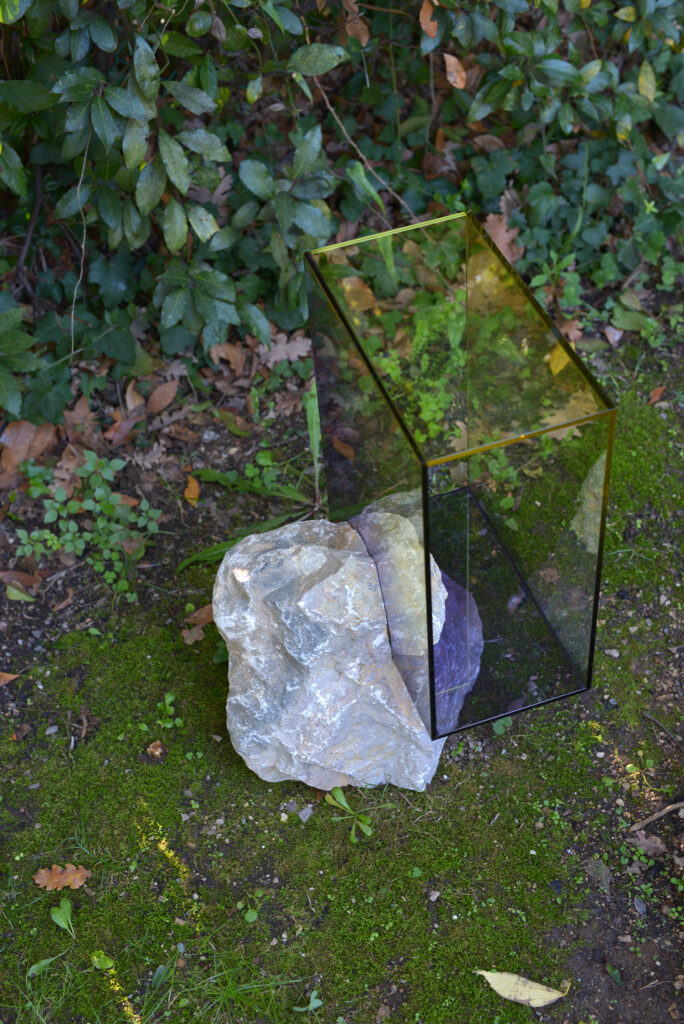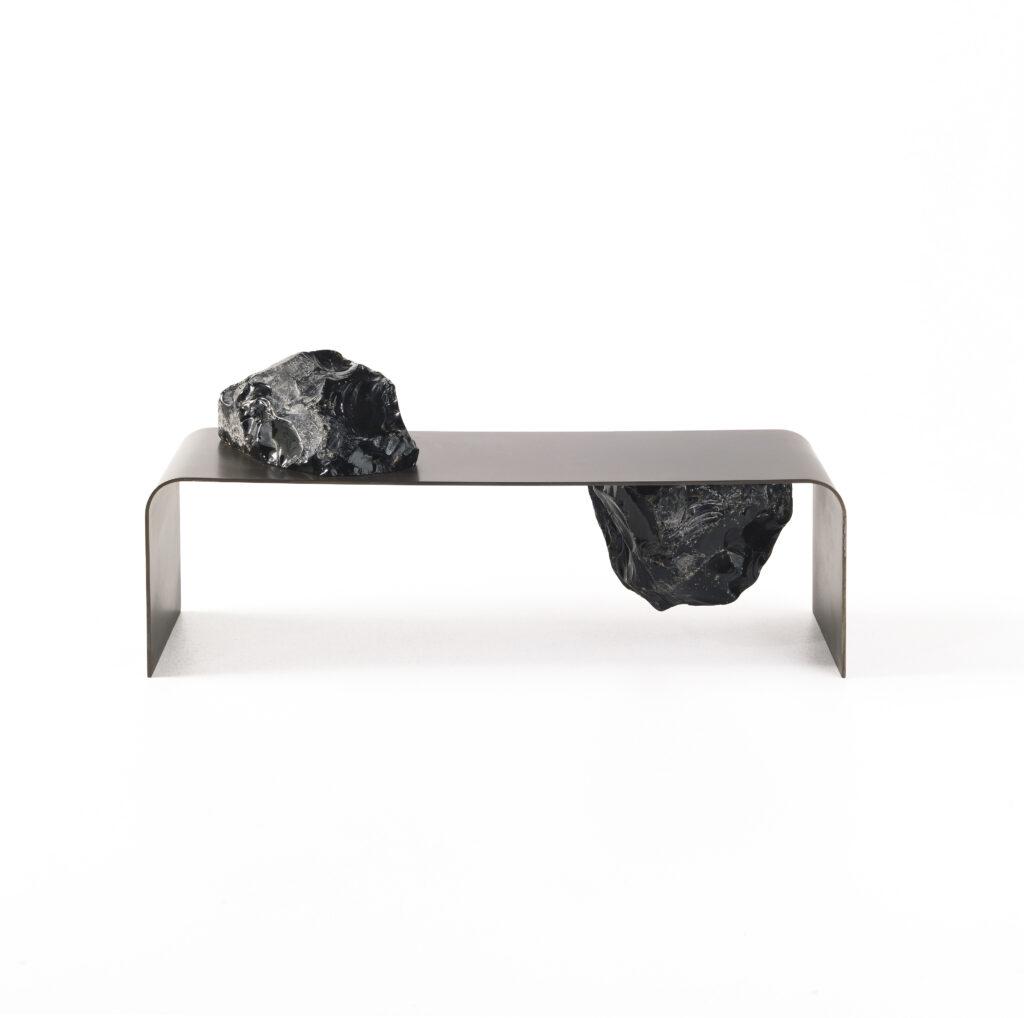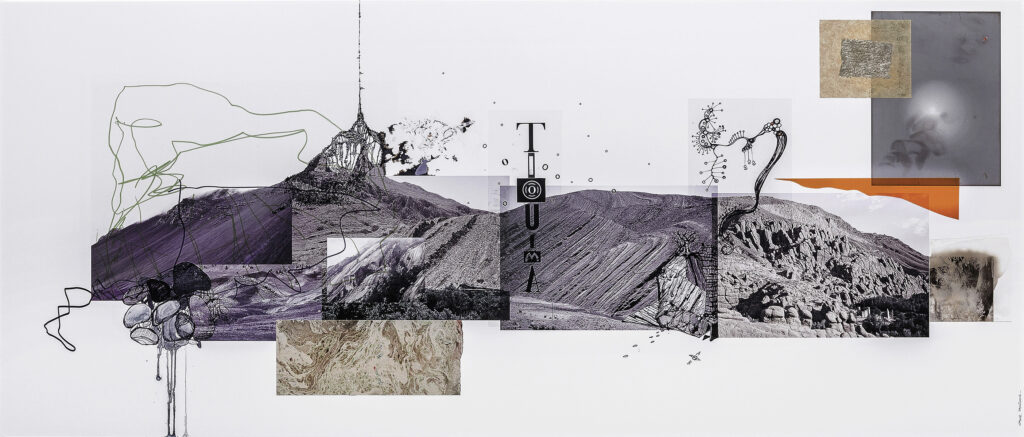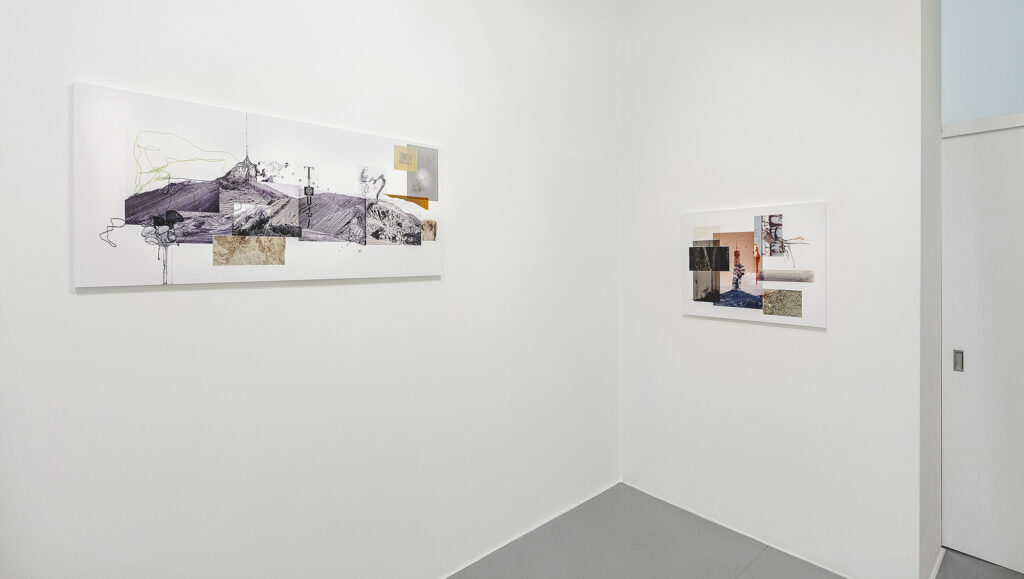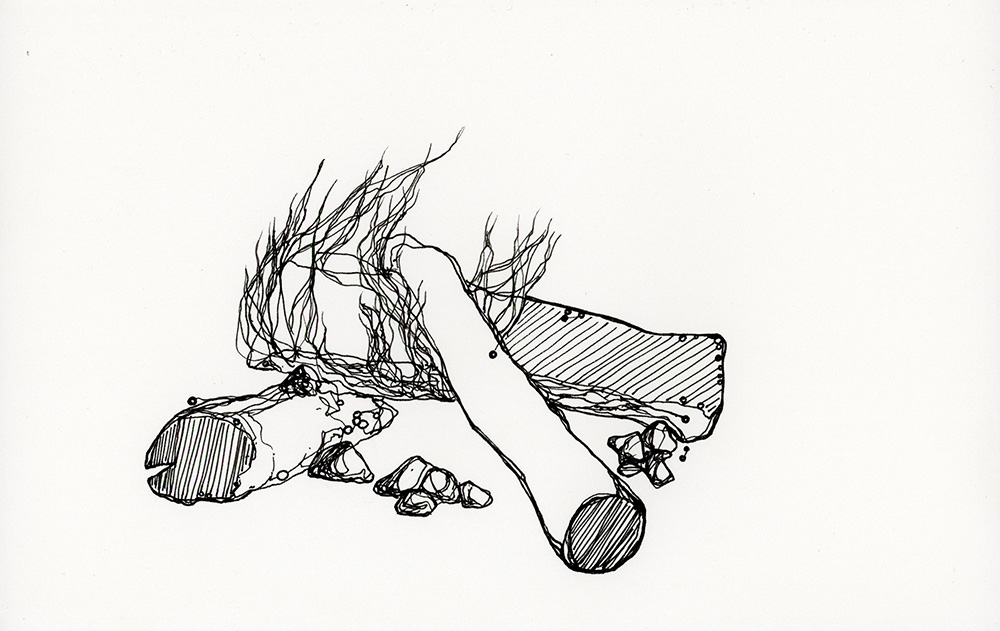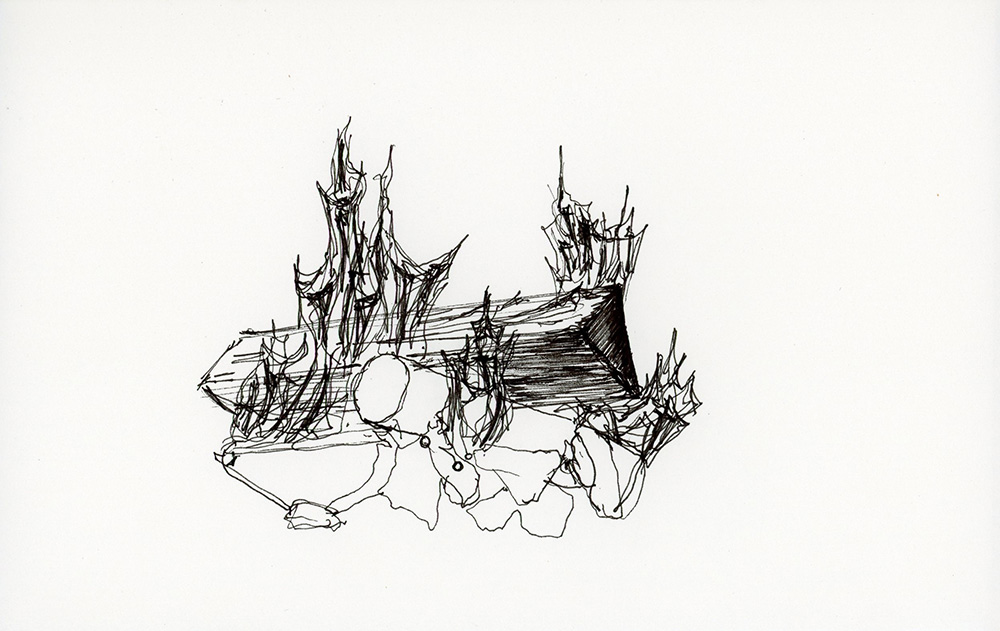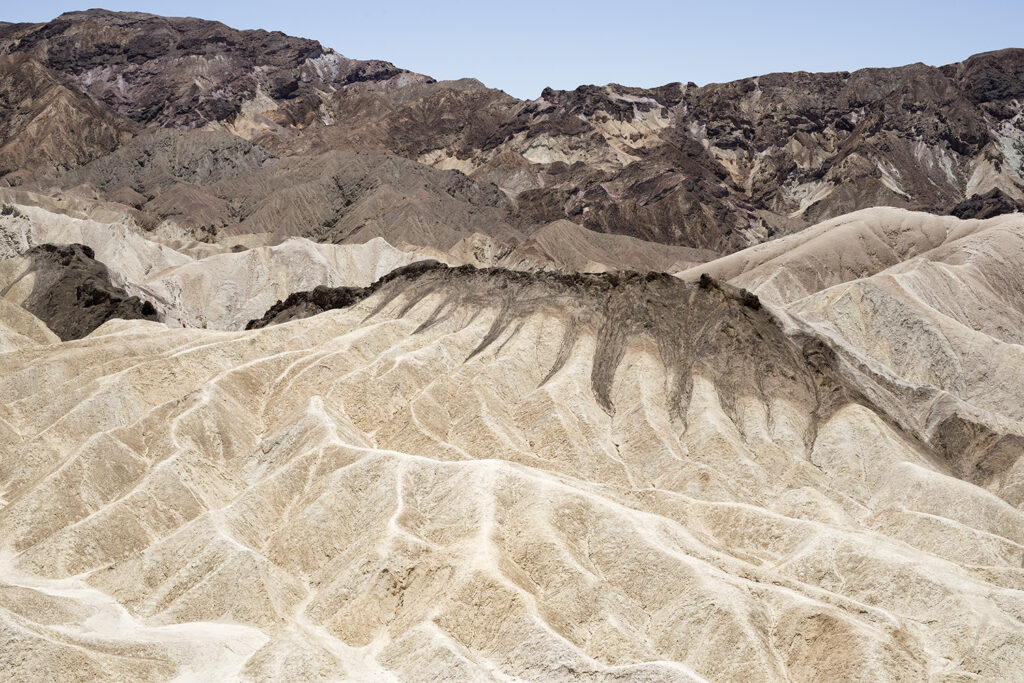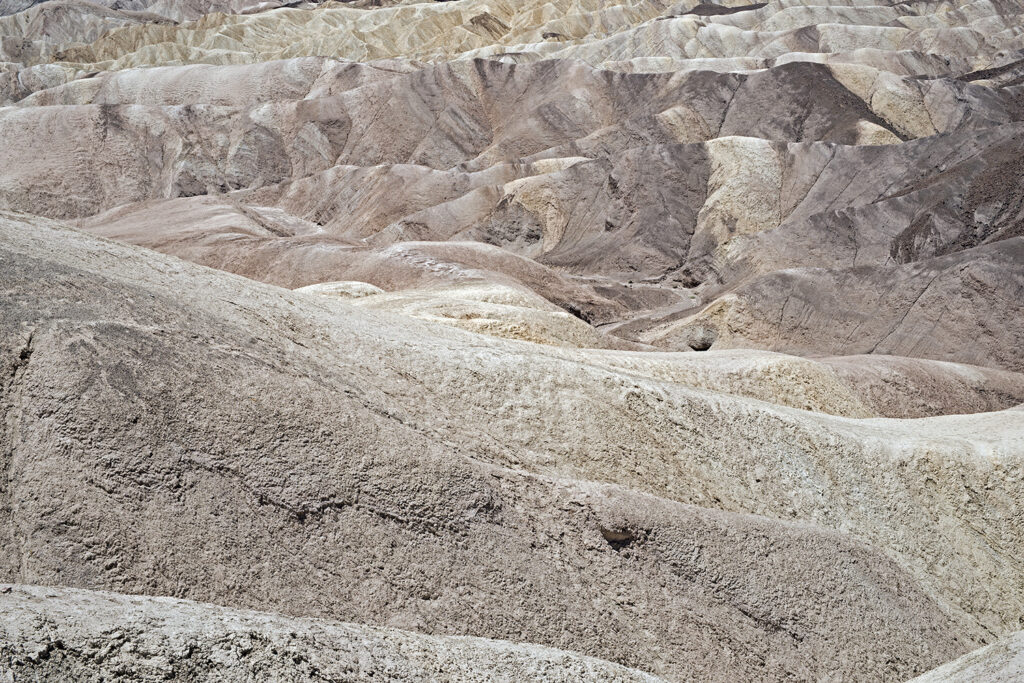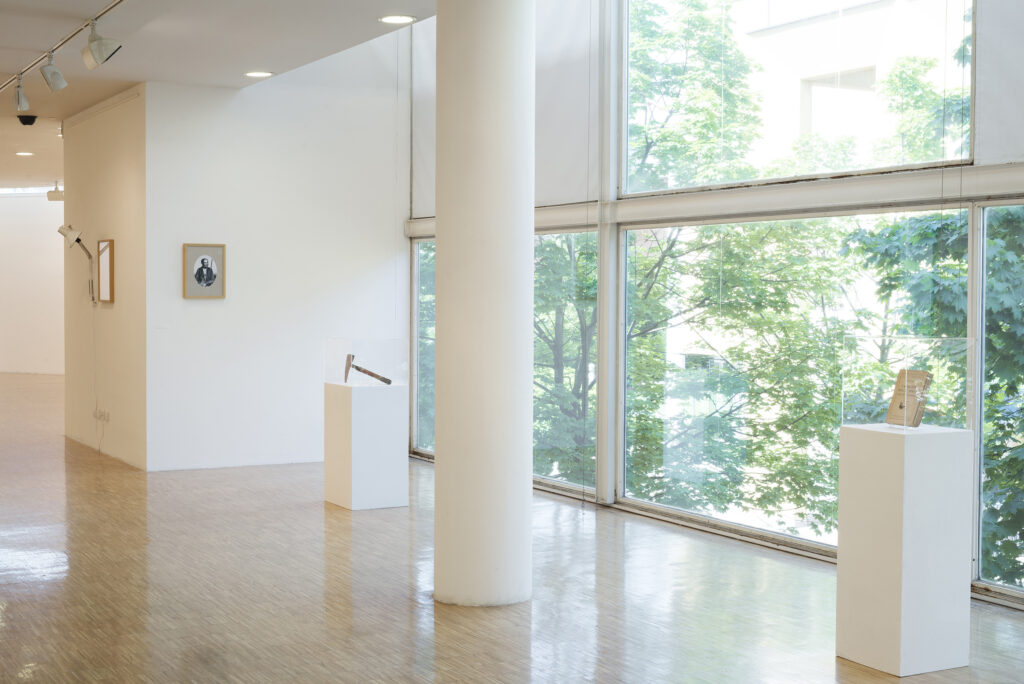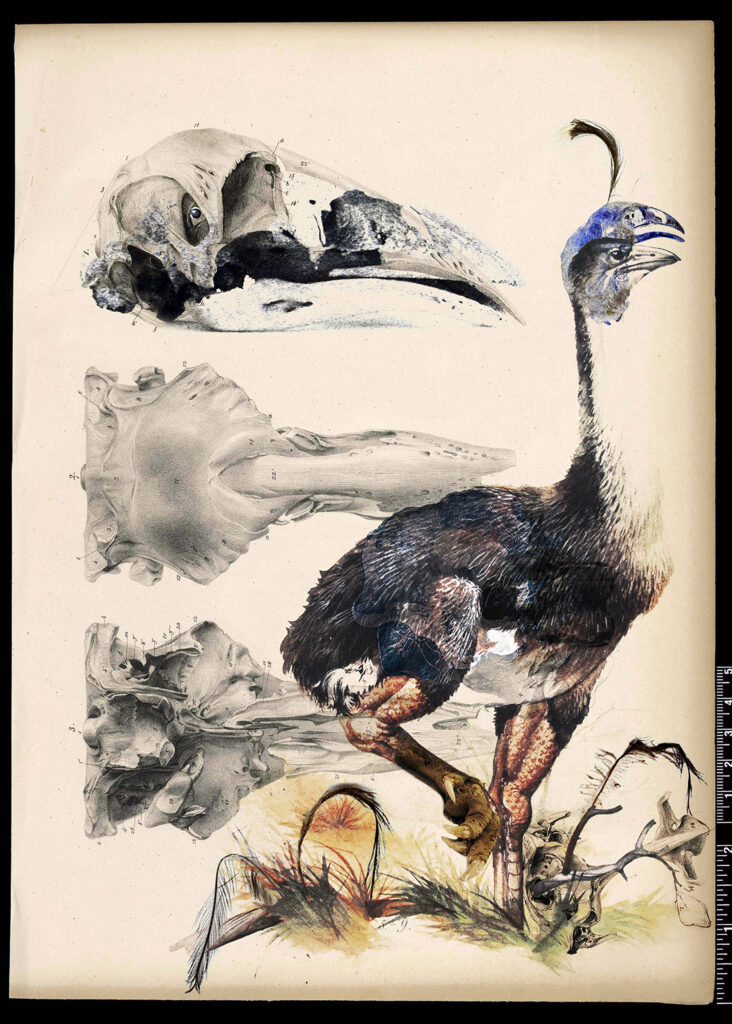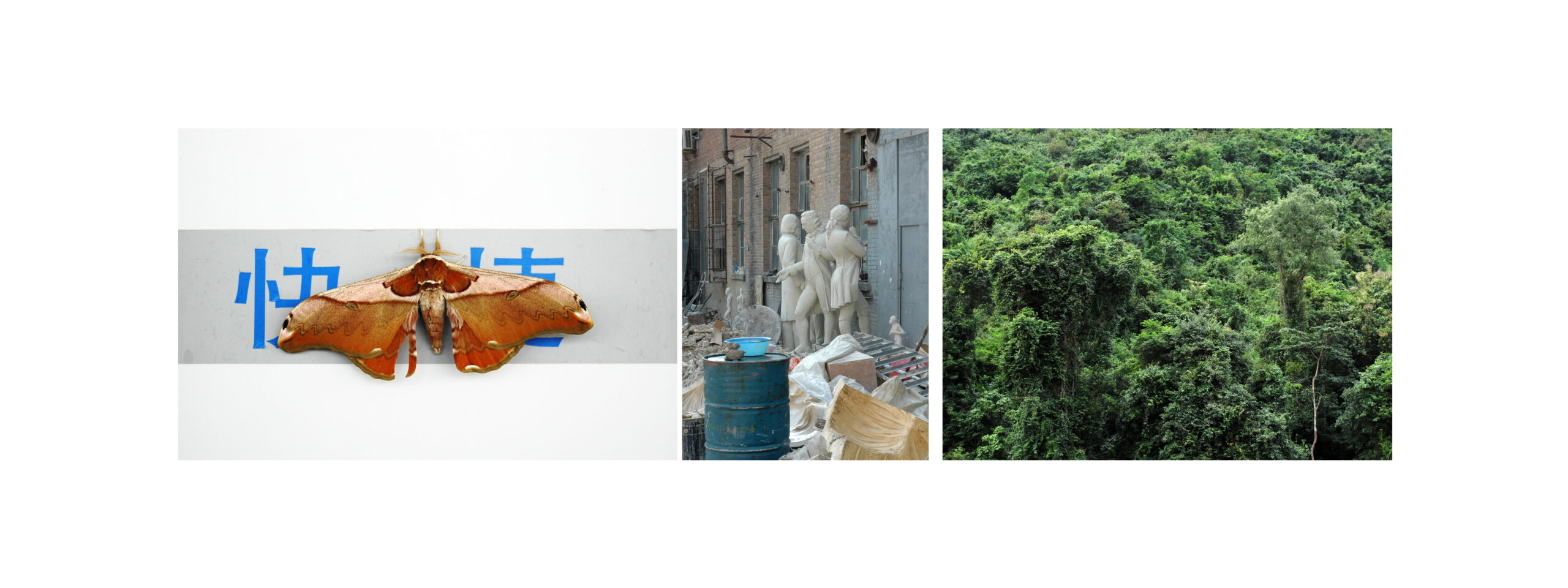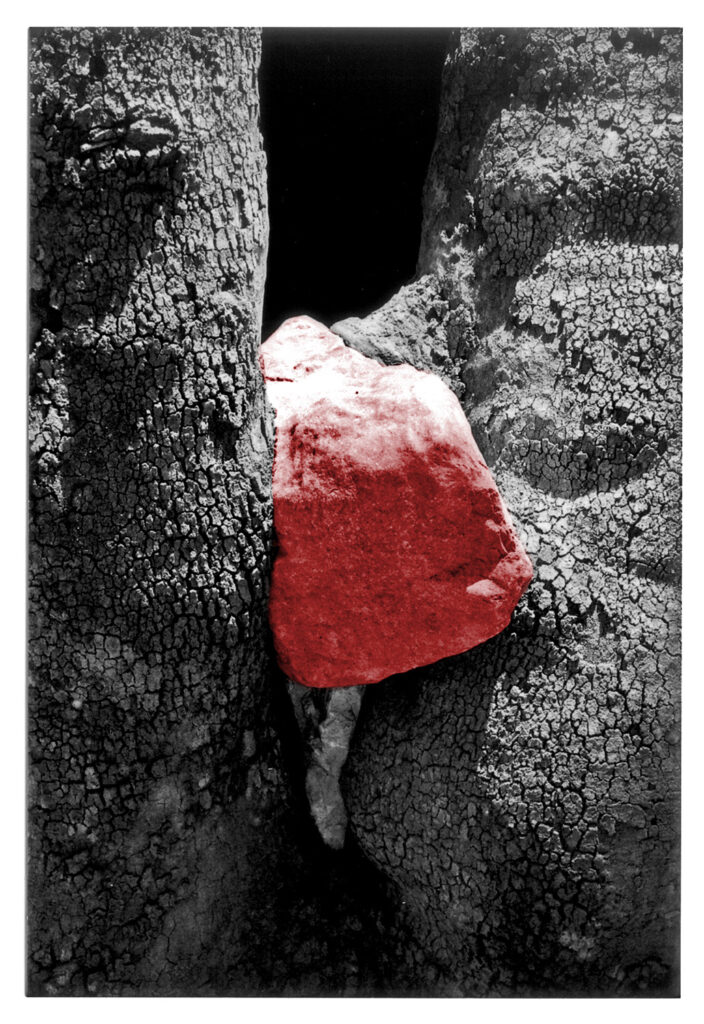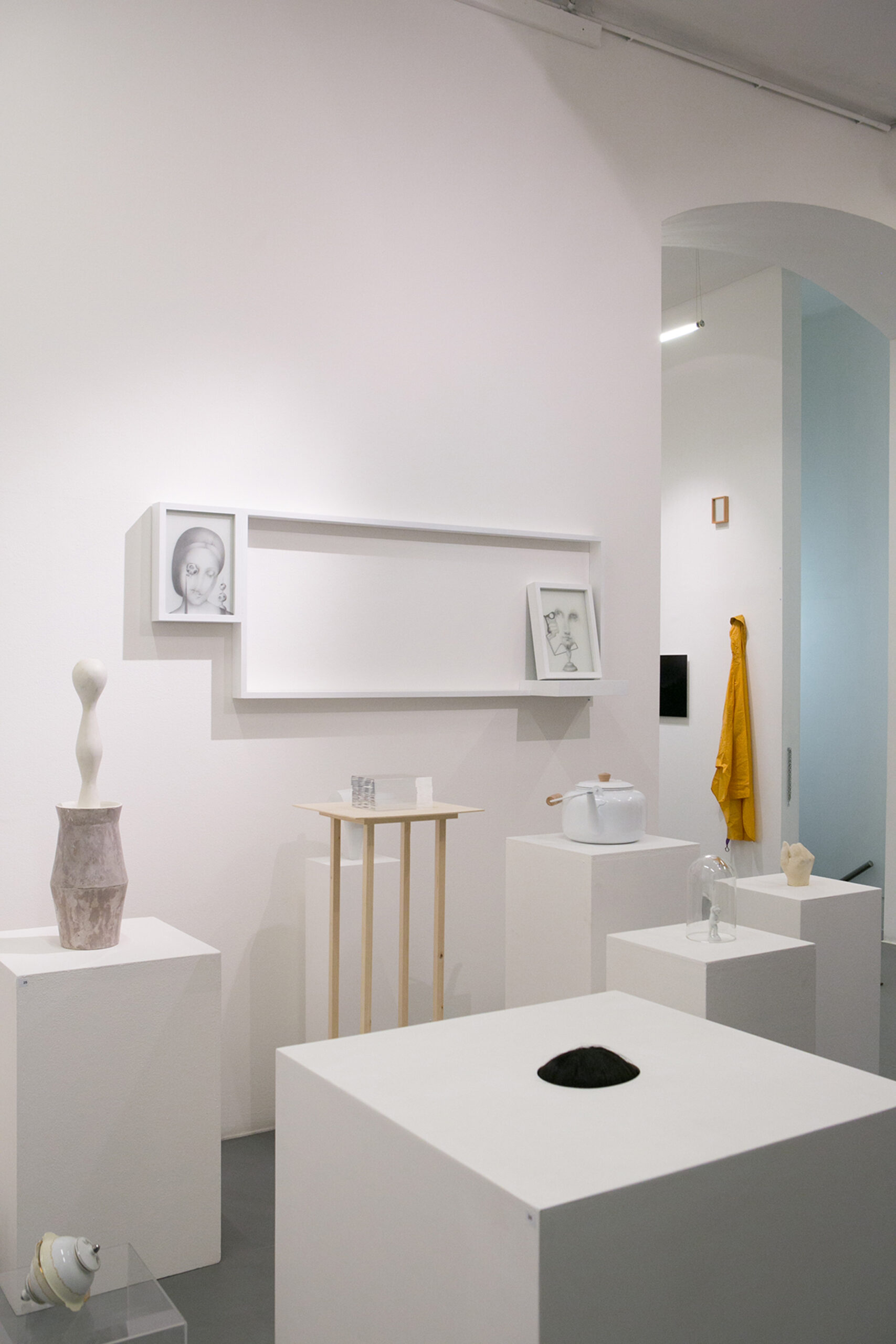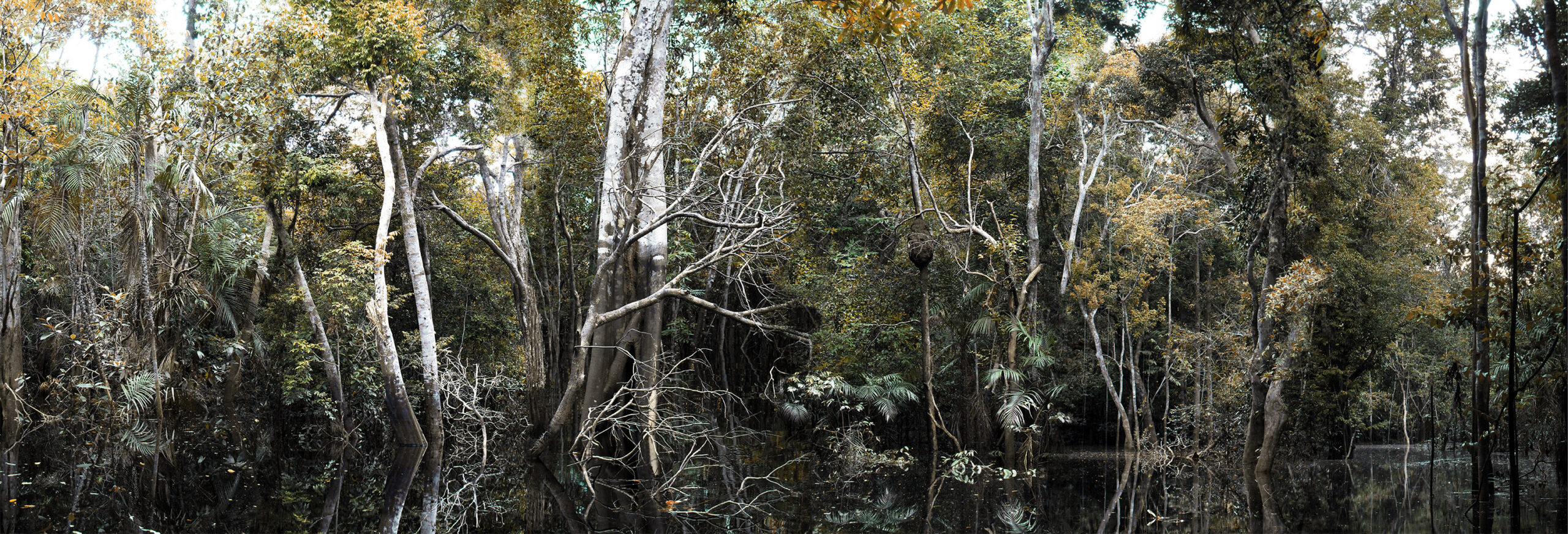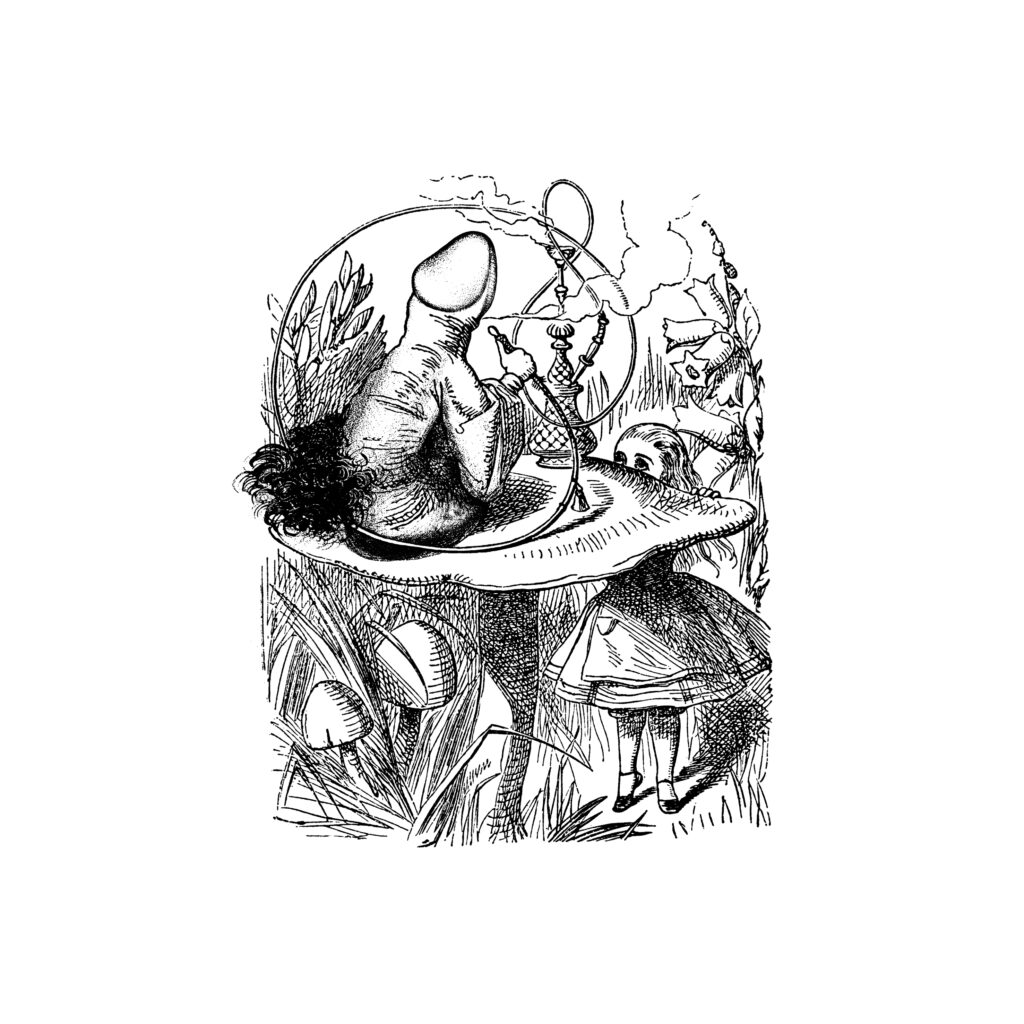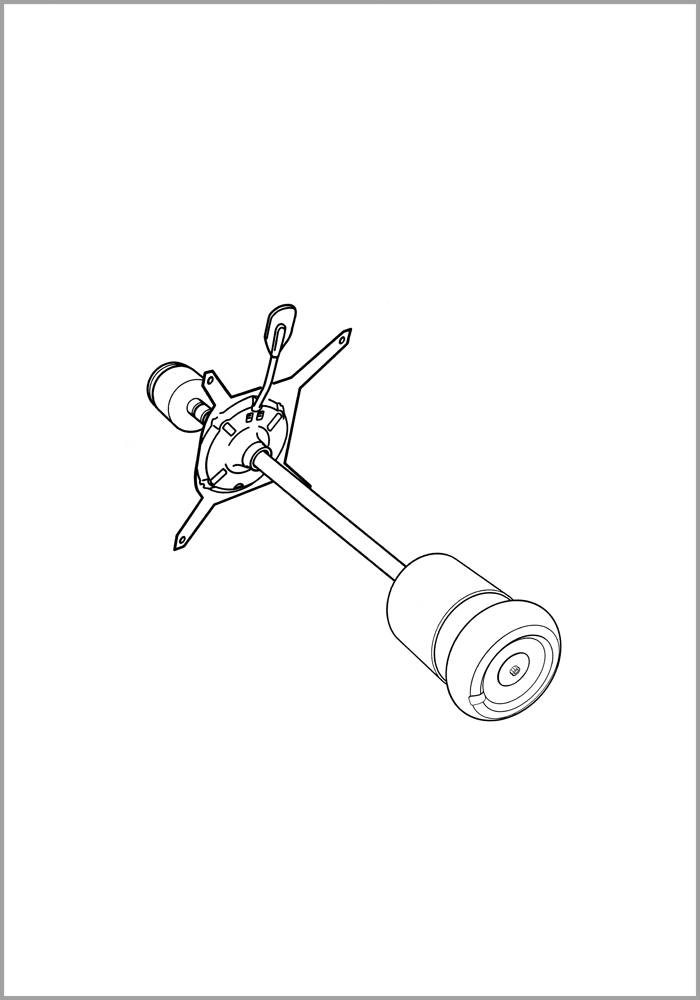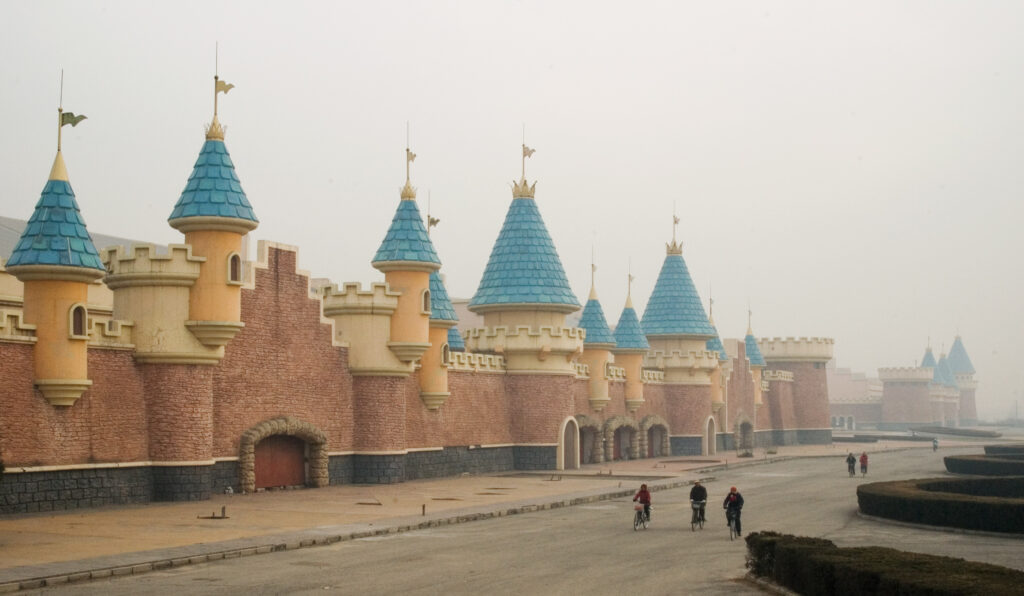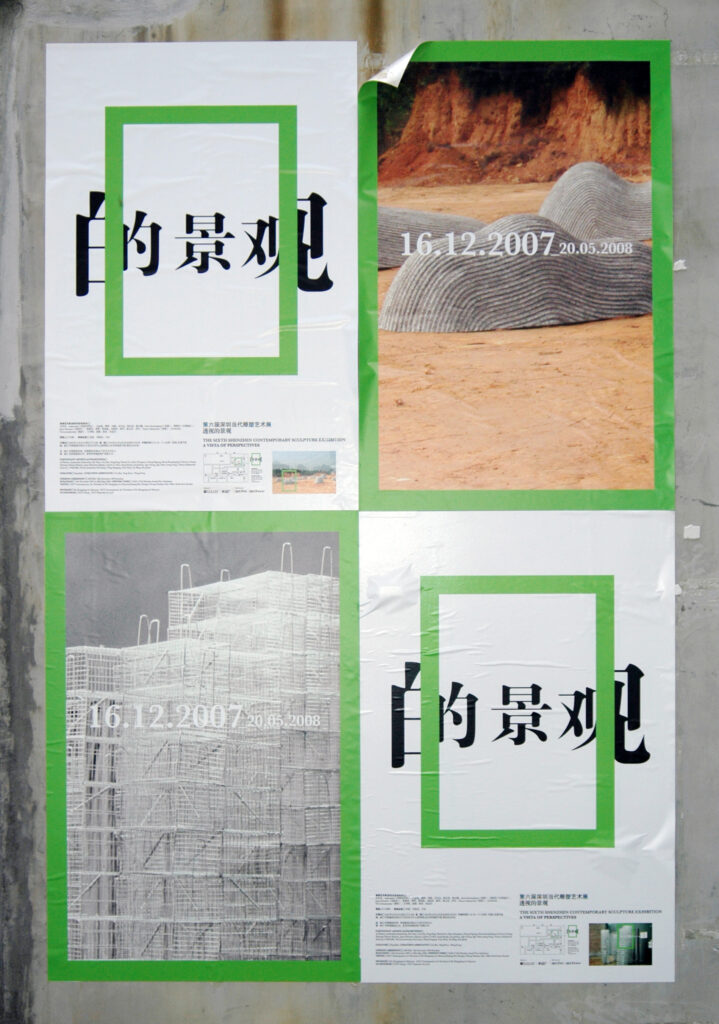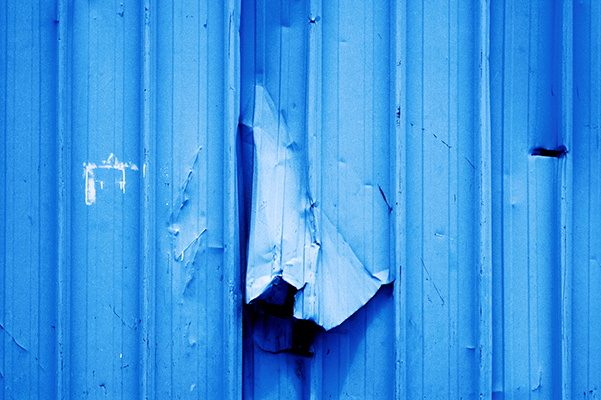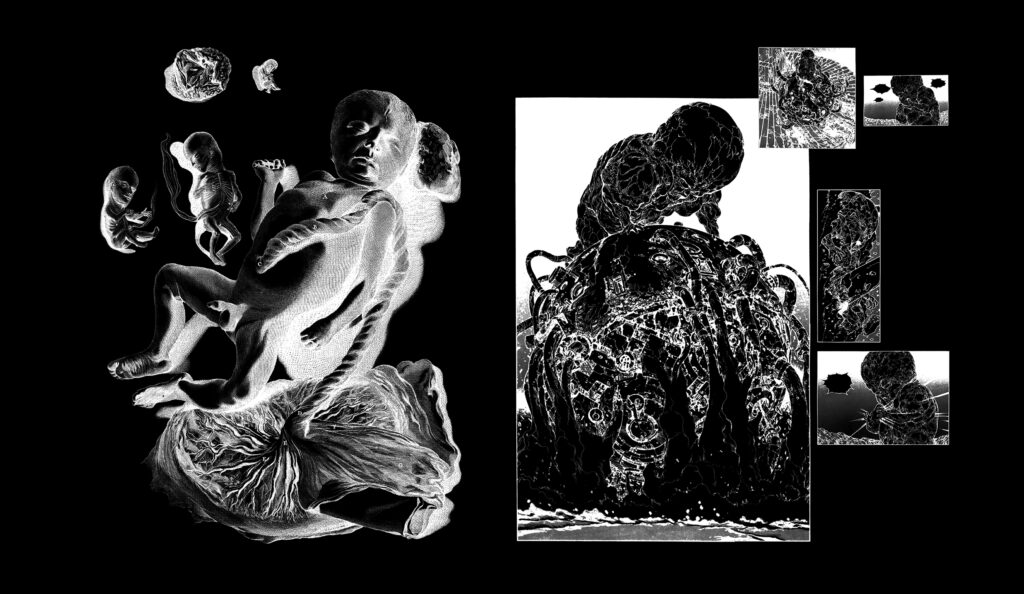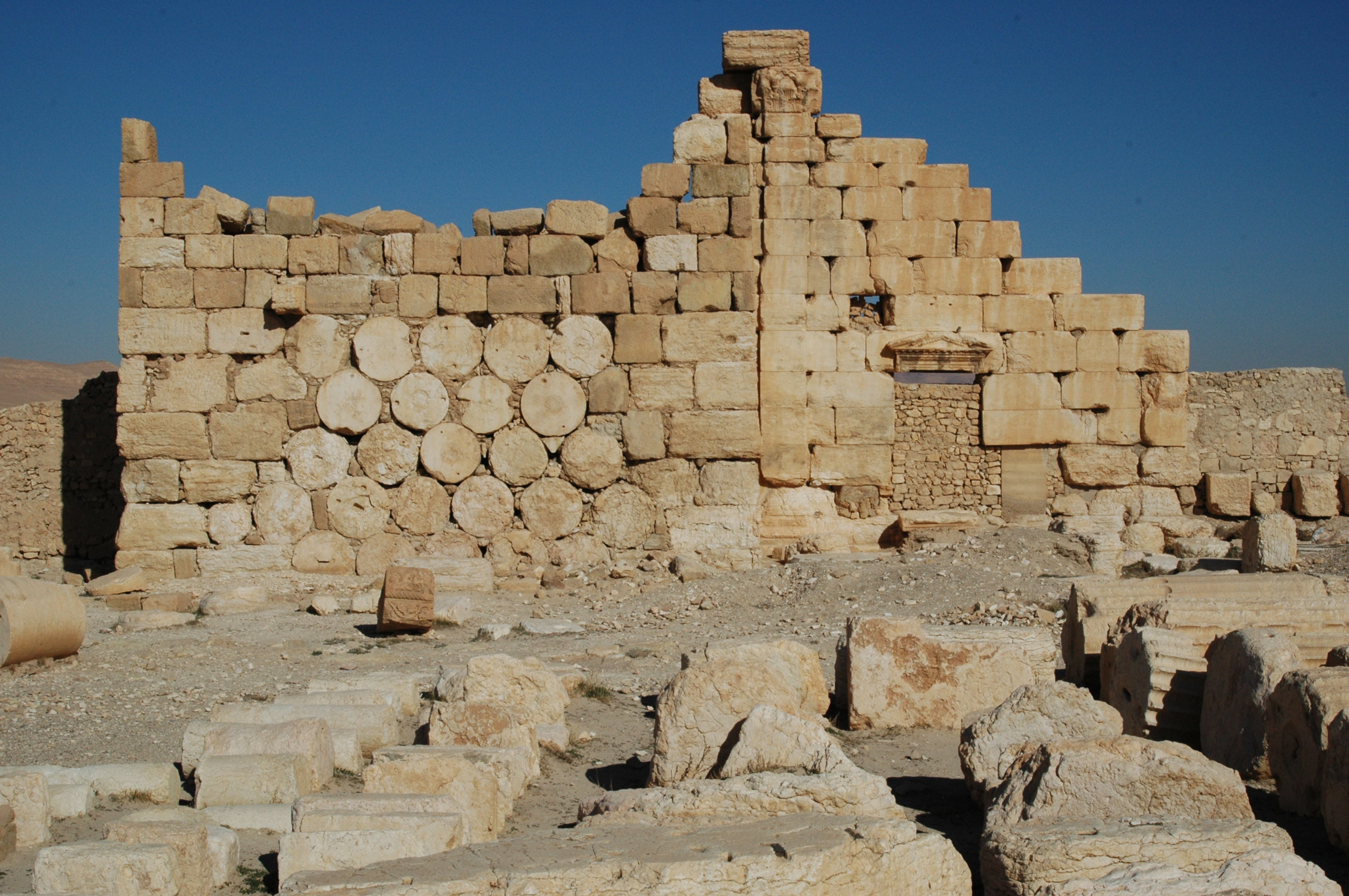HO·MA·GE
x
(photos by Elias Joidos)
An art installation that pays tribute (homage) to the Pine tree as a symbol of resilience and regeneration. The Pinus Pinea tree is an integral part of the Mediterranean ecosystem and even more so of the coastal area where the ekies resort is found in Chalkidiki, Greece. Seeing one of these trees slowly die made me think of how important it is to preserve it, while transforming it in a symbol that represents the importance of these entities, but also its connection with fire.
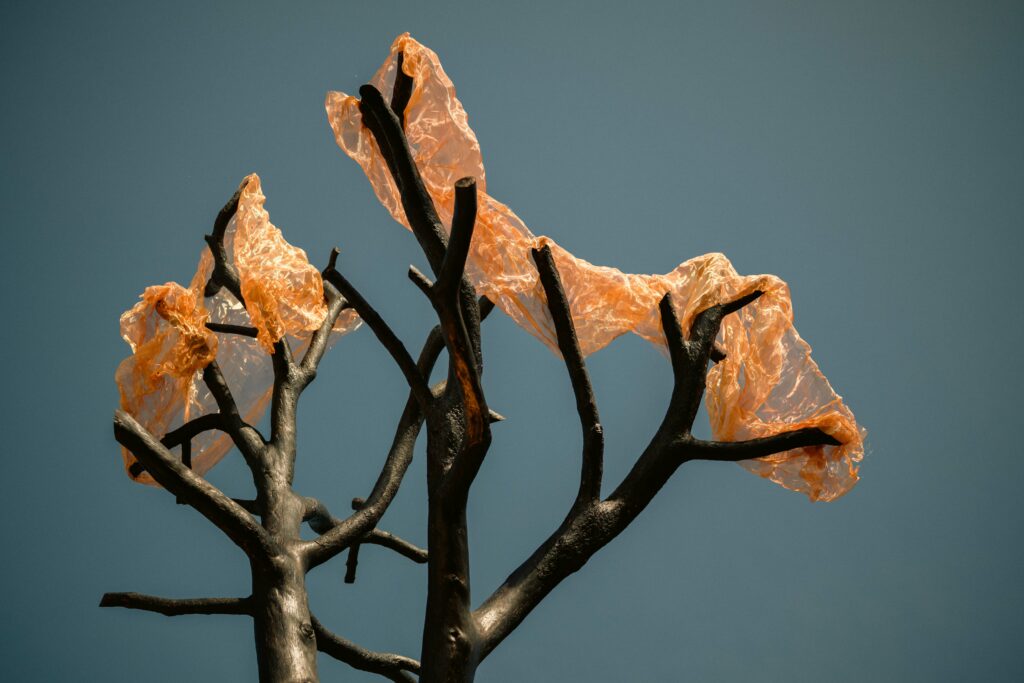




Without its pine needles and branches (which will become soil that will feed new plant life) the pine tree finds new life as a reminder for human beings of its value in the natural space but also as a warning on the danger of wildfires. The main body of the tree was first stripped of its bark and then burned on the surface in order to preserve the wood from decay. This is an ancient technique used in diverse parts of the world in order to preserve wood and especially widespread in Japan where it is known as Yakisugi.





The memory of the foliage is in turn substituted by a golden-red fabric-like mesh composed of copper and brass that will be altered through oxidation in time and become green-brown inverting in a sense the process of fire itself. The Pine tree finds thus new life after it’s apparent death, living on as a symbol but also as an active member of the ekies community (of humans and non-humans) that owes a lot to these silent giants.






